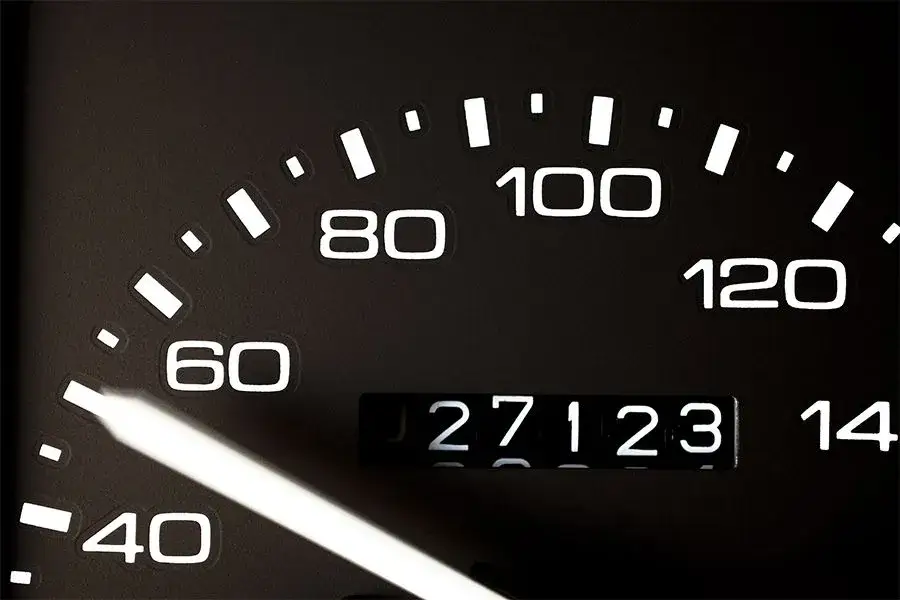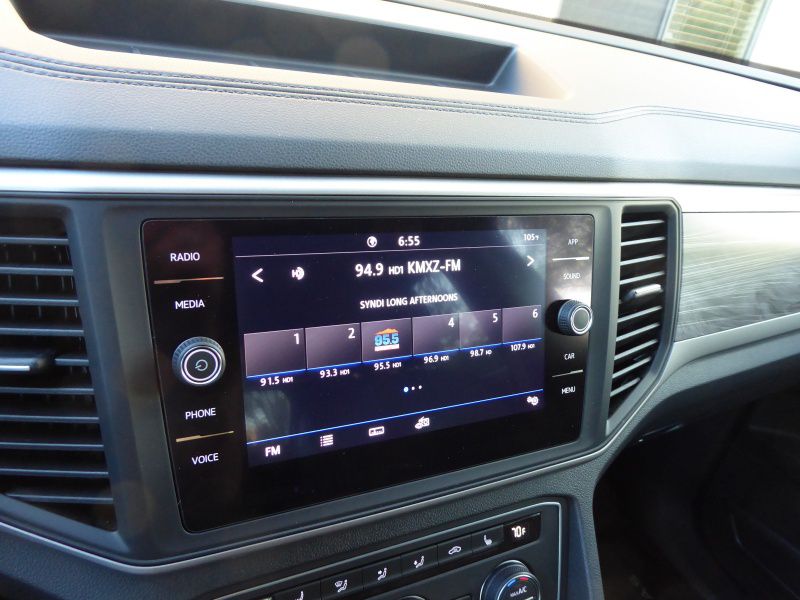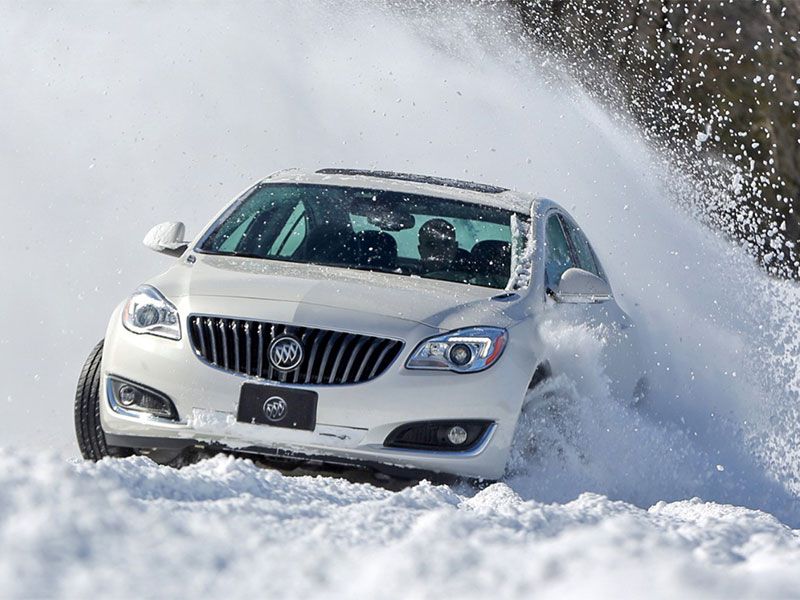How Many Miles Is Too High for a Used Car?
Condition and Mileage
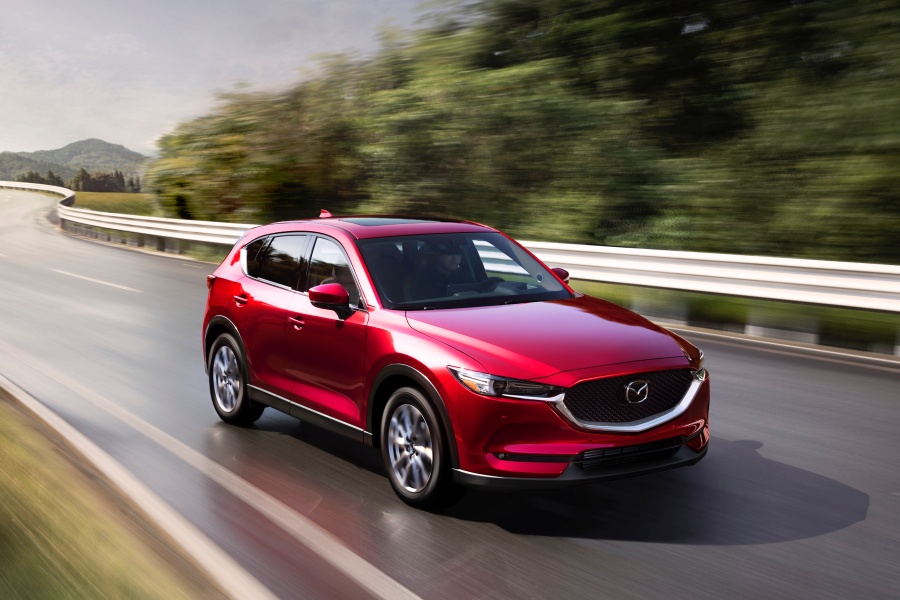
There’s no hard ceiling on used car mileage. This is because there are so many variables involved with a car’s condition and the number of things that can go wrong. A nicely maintained family car with 150,000 miles might be in better shape overall than a work truck with just 25,000 miles. In the same vein, a car might look great on the outside but have serious issues underneath due to a lack of basic maintenance and care. Knowing that, it’s still a good idea to find lower mileage examples whenever possible. Miles matter, and more of them is almost always a bad thing.
It's also important to take a look at the number of miles per year a car has accumulated. Vehicles that are just a few years old with tens of thousands of miles should be a major red flag, as it means the previous owner used it indiscriminately, and may not have maintained it properly during that time.
On the flip-side, a high-mileage car that has been sitting for an extended period of time may not be the hidden gem it seems to be. Even garage-kept cars that look to be in great shape can be disasters underneath the sheet metal. Sitting for long periods can cause the rubber seals and other wear items to dry out and crack or degrade, leading to leaks and other issues that lead to expensive diagnostic work and repairs.
When you’re shopping for a high-mileage used car, look for models with as much documentation as possible. This will tell you how well the previous owner took care of the car and will help you understand any pending maintenance issues. It’s not always possible to find complete maintenance records, especially for older cars, but it’s a red flag if a vehicle comes with zero documentation.
Similarly, it’s important to review a car’s accident history. If there has been a wreck or other damage and the car has been repaired improperly, you should avoid buying and move on to another model. However, light damage that has been professionally repaired may not be a problem at all.
Location Matters
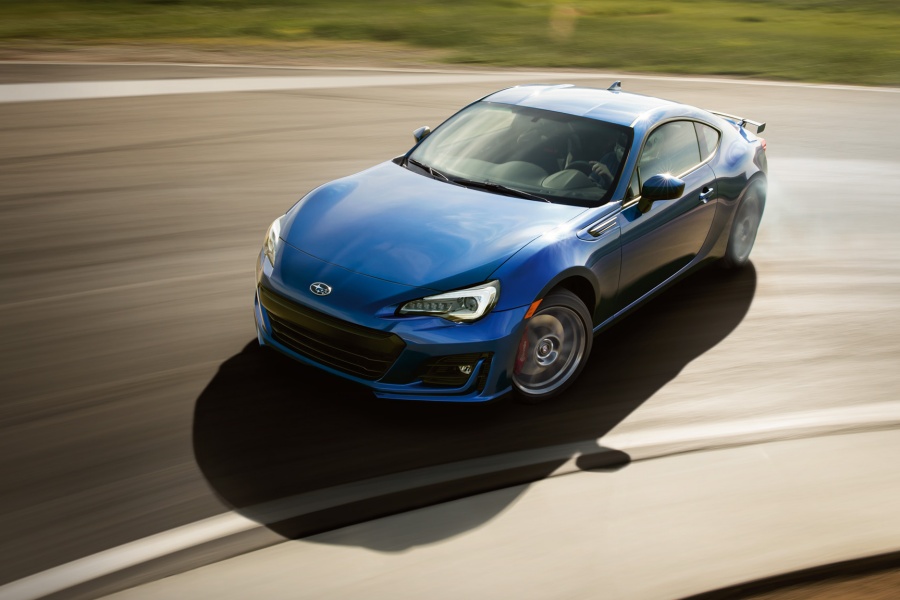
If you’ve ever been to southern California, the number of old, rare cars patrolling the streets is shocking. That’s because it’s easier for cars to last for a long time when there’s little rain, no snow, and mild, sunny weather nearly year-round. If you live in a part of the country that receives legitimate winter weather, it could be responsible to look for a used car outside of the snow belt. It’s much better to travel a bit or ship a car than it is to buy one that is already riddled with rust and degradation from salt and sand.
Brand
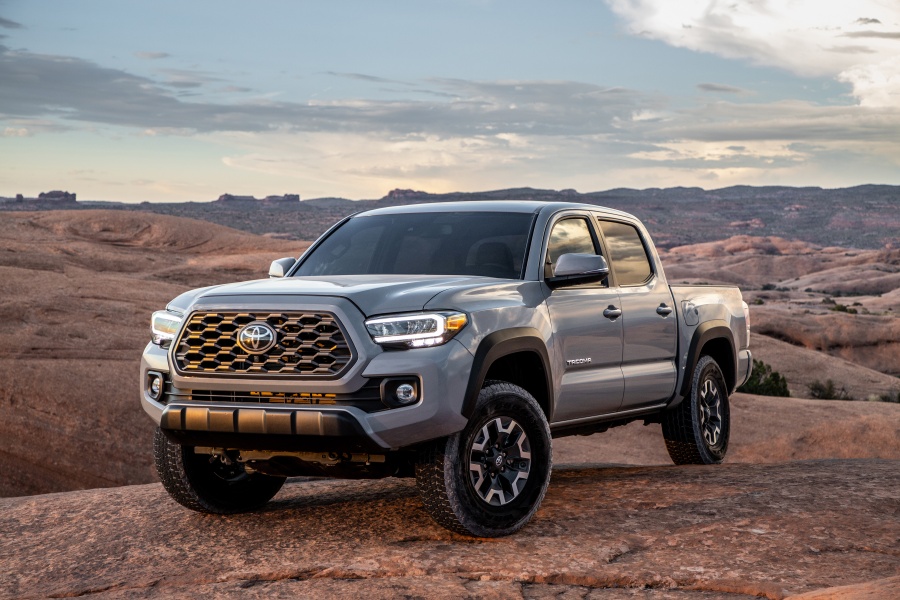
There was a time when certain car brands indicated much higher quality and durability than others, but the times of one automaker being significantly better than others are close to being over. There are still brands that stick out for quality: Lexus, Porsche, and Toyota, but the vast majority of automakers deliver decent products. It’s also more common than ever now to see factory warranties extend to 100,000 miles and ten years, which may not cover your high-mileage purchase, but should provide you peace of mind that the automaker backs their products.
Warranty Coverage
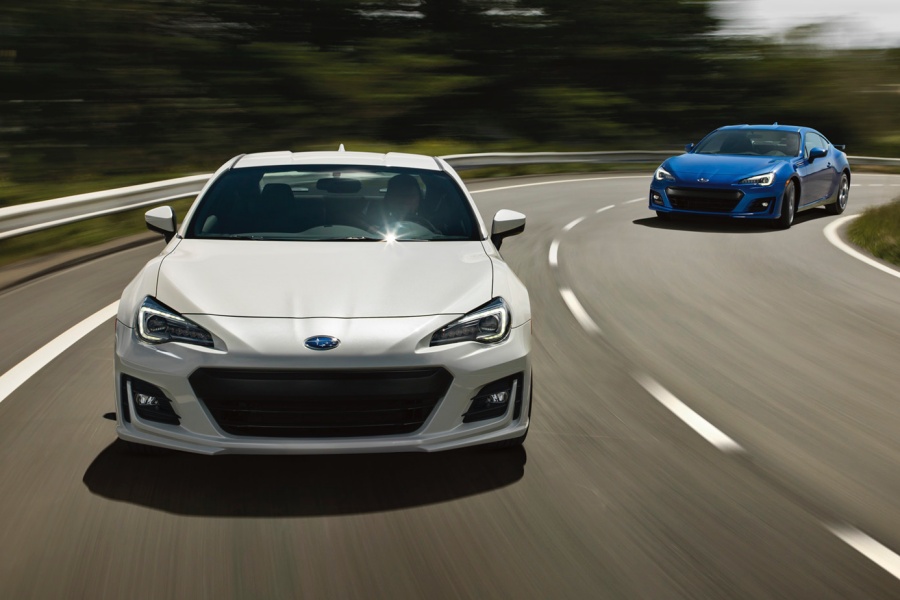
Warranty and coverage are other things to keep in mind when looking at used cars. If you’re shopping for a car with more than 100,000 miles, the factory warranty is likely long gone, but you may have options for third-party warranty coverage. If that’s of interest, you’ll want to find a car with the lowest miles possiblebecause higher miles can make the warranty more expensive and may cause you to lose coverage earlier as the vehicle ages out of eligibility.
Type of Car
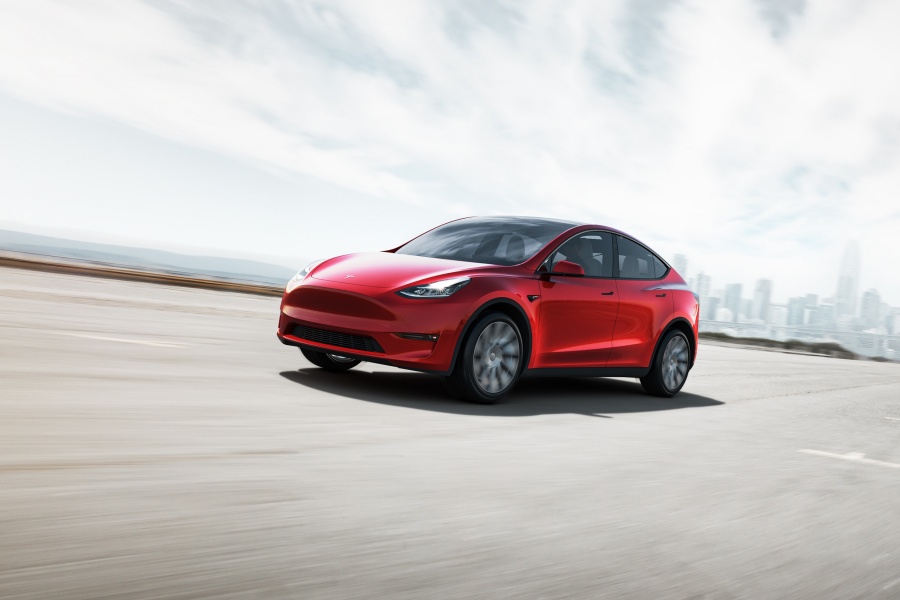
The type of car you’re looking for matters. Electric vehicles do not have as many moving parts as traditional gas cars and instead have battery packs with finite lifespans. Most automakers offer warranties on the batteries and drivetrain components that extend to eight years or 100,000 miles, but it’s not uncommon to see used Teslas on sale with many more miles than that. While it’s true that EV batteries lose charging capacity over time, it’s also true that automakers’ thermal management and other battery protection technologies can help prolong their lives far beyond the 100,000-mile mark.
If you are shopping for a used EV with six-digit mileage, it’s important to have the battery and electrical system inspected carefully. You may end up with a great car that will last a long time, but you may end up with a failing battery and thousands in replacement expenses. It’s also a good idea to inspect for damage or abuse to avoid unsafe situations.
Pricing and Resale
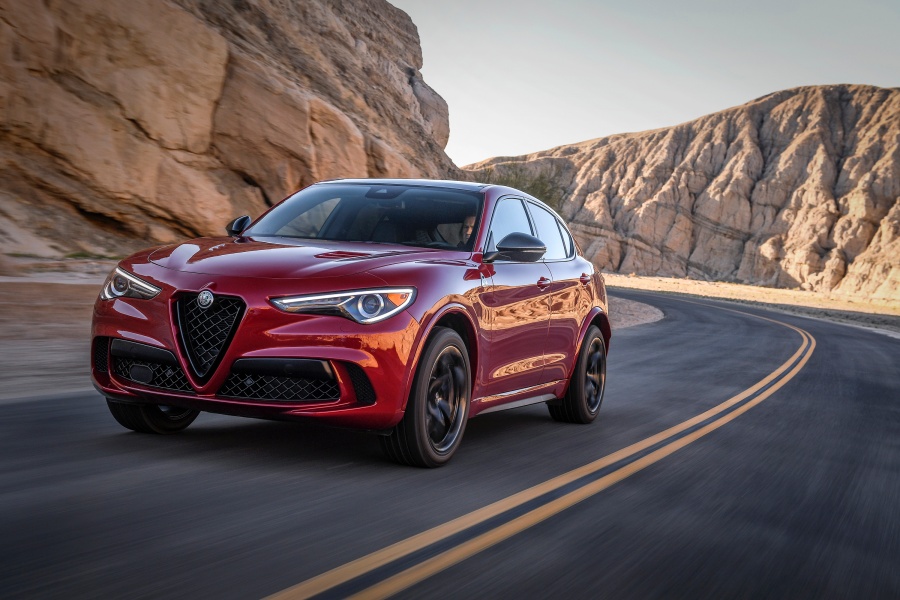
Let’s get the bad news out of the way first: You will most likely not be able to recover much money from the sale of your high-mileage car, especially not after you’ve added more to the clock. Your decision to buy a car with tons of miles should be driven purely by practical questions, such as does it meet your transportation needs, will it be reliable while you own it, and are you paying a reasonable price for it. If the answer to any of those questions is “no,” you may want to reconsider the purchase. Being stuck with a high-mileage car that you don’t want or need is a tough spot.
